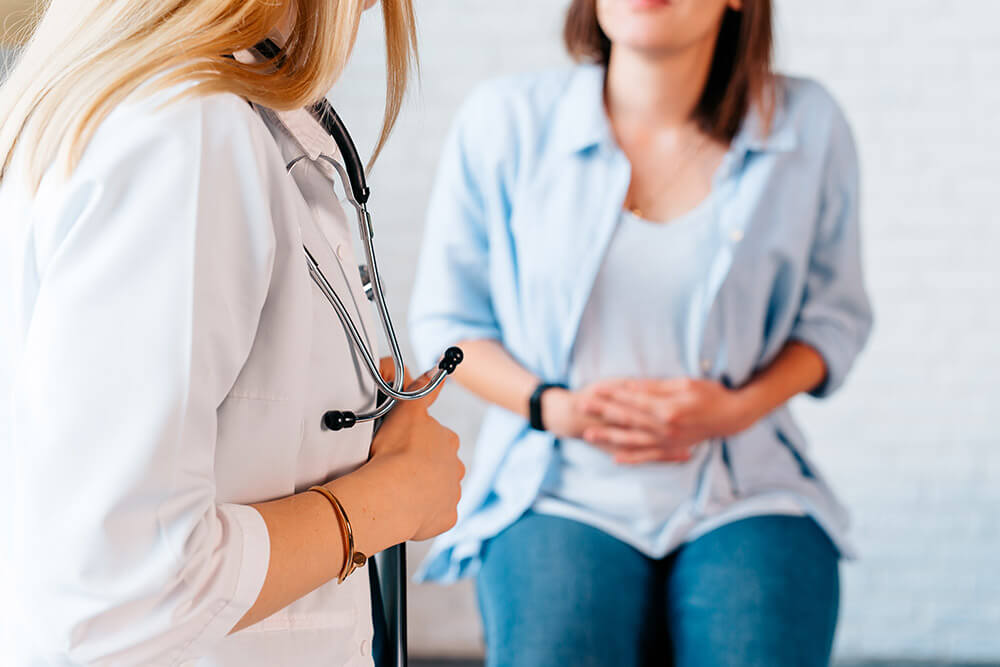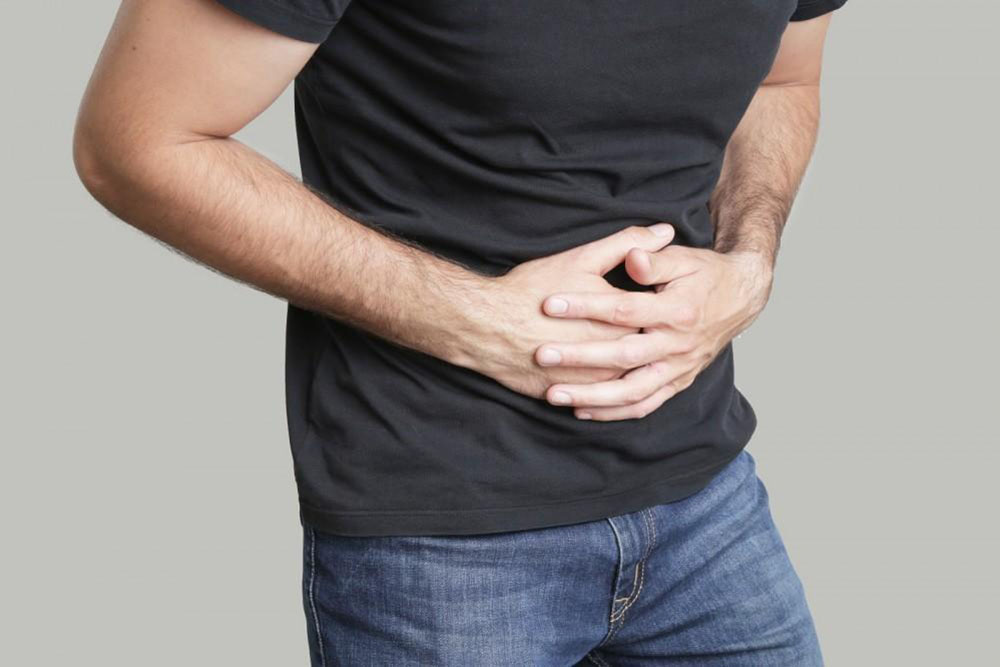What Is Abdominal Pain?
Abdominal pain refers to any discomfort you feel in your belly area. It may present as dull aches, cramping sensations, or sharp, stabbing pains. The pain can occur anywhere in the abdomen : upper, lower, left, or right, and may originate from the stomach, intestines, gallbladder, liver, pancreas, or surrounding muscles. In medical coding, abdominal pain is classified under ICD-10 code R10.
Common Causes and Risk Factors
- Gastroenteritis (stomach flu) or food poisoning
- Acid reflux, gastritis, or stomach ulcers
- Gallstones, gallbladder inflammation, or biliary dyskinesia
- Irritable bowel syndrome (IBS) or inflammatory bowel disease
- Appendicitis
- Muscle strain, hernias, or abdominal wall issues
- Kidney stones or urinary tract infections
- Women-specific causes such as ovarian cysts, endometriosis, or ectopic pregnancy
- Risk factors: poor diet, high stress, sedentary lifestyle, smoking, certain medications, and a family history of digestive disorders
Signs and Symptoms
- Pain or discomfort in the upper, lower, left, or right abdomen
- Bloating, gas, or a feeling of fullness
- Nausea, vomiting, or loss of appetite
- Diarrhea or constipation
- Fever or chills
- Pain that worsens with movement, coughing, or pressure
- Tenderness when pressing on the belly
- Unexplained weight loss or fatigue (in some chronic conditions)
How Dr. Rishi Diagnoses?
Dr. Chadha uses a step-by-step approach:
Medical History and Physical Exam
He asks about the exact location (just below the breastbone), timing, triggers (meals, stress), and any heartburn or weight changes. He also checks for tenderness or masses on abdominal palpation.
Laboratory Tests
Basic blood work includes a complete blood count (CBC) to look for anemia or infection, liver function tests, pancreatic enzymes (amylase/lipase), and H. pylori serology or breath test.
Imaging Studies
- Abdominal ultrasound to evaluate gallbladder, liver, pancreas, and to rule out gallstones or biliary sludge.
- CT scan or MRI if ultrasound is inconclusive or if there's concern for pancreatitis, masses, or complications.
Endoscopic Evaluation
Upper endoscopy (EGD) allows direct visualization of the esophagus, stomach, and duodenum to detect ulcers, gastritis, or reflux esophagitis and to obtain biopsies if needed.
Functional Testing (if needed)
Tests such as 24-hour pH monitoring for acid reflux or gastric emptying studies for suspected gastroparesis can be ordered to pinpoint motility or acid-related disorders.

Frequently Asked Questions
What does ICD-10 code R10 mean?
It's the billing code used when a patient has abdominal pain.
When should I worry about stomach pain?
Get medical help if the pain is sudden, severe, or lasts more than a day especially with fever, vomiting, or blood in your stool.
Can over-the-counter meds help?
Yes. Mild antacids or simethicone can provide temporary relief, but you should still see a doctor if the pain continues.
What causes upper left abdominal pain?
It can originate from your stomach, spleen, kidney, or even a pulled muscle in the area.
What causes upper right abdominal pain?
Gallbladder or liver issues are common culprits for pain in the upper right belly.
What causes lower left belly pain in women?
Possible causes include ovarian cysts, endometriosis, or bladder-related problems.
Do I need imaging for stomach pain?
Often, yes. Tests like ultrasound or CT scans help pinpoint the exact cause of your discomfort.
How long does it take to feel better?
Recovery time varies. Some patients improve within days with lifestyle changes, while others need more time post-procedure.
Are diet changes important?
Absolutely. Adjusting what and how you eat can significantly reduce pain and speed up healing.
How do I prepare for a colonoscopy or endoscopy?
Our team will provide clear instructions on diet restrictions and bowel prep to ensure a smooth procedure.











